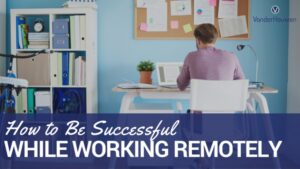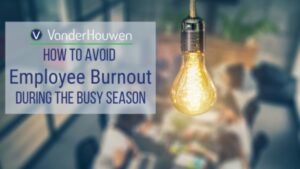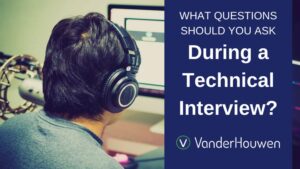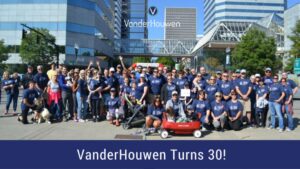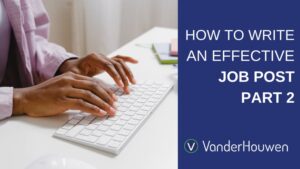Decrease Distractions to Increase Productivity
If the pandemic taught us one work-related thing, it’s this—working fully remote is a big transition. With more distractions and noises at home than before, you can have days where you complete everything on your to-do list and days where nothing gets finished. Don’t worry, you are not alone! In a study by Metova, only 48% of people felt they were more productive working at home. If you’re having trouble remaining productive in a chaotic home environment, here are some tips to up your game.
Also, you may have to condition yourself to become comfortable with “controlled chaos”. A certain amount of chaos is to be expected, especially right now. Just because you’ve ranked your tasks in order of priority doesn’t mean the happenings on the home front will be magically muted. Establishing your mindset to allow some cushion for the unexpected to happen during your 911s and 411s will reduce the jolt of any interruptions that arise.When you sign up for our monthly newsletter, you get direct access to valuable information about career guidance, hiring tips, local networking events, and more!
First, write out the top action items you know need to get done (use your 911 and 411 to-do list here!). Based on priority, estimate how much time it will take to finish the task and block off that time in your calendar, either physical or digital. During that time, you are only working on that one task (i.e., answering emails, making calls, research for a presentation, etc.) until it is completed, or the time is up. When it’s finished, you move on to the next task. Try scheduling your most important tasks during times you know you'll be able to focus (i.e., kids’ nap times or before roommates start their workdays), so you’ll have the best chance of completing the work.
Whether you schedule all of your days at the beginning of the week or you do it each night before you log off, a little planning removes the guesswork from your day. This doesn’t mean you can’t pivot if something urgent comes up, but the goal is to keep your day as organized as possible to keep your productivity high.
If the Pomodoro method seems a little too short, try the 50x10 method. Set your intention for the next 50 minutes, then kick off your timer and focus in on your tasks. At the sound of the timer, take a 10 minute break to decompress and recenter. Disconnect from screens, close your eyes, quiet your mind, then set yourself up for the next 50-minute time block. Using either method will refine your focus, manage distractions, and allow for much-needed breaks. You’ll find that your mental energy improves and is sustained through the workday!
Prioritize Your Tasks
When you’re distracted, tasks pile up and that ever-growing to-do list can become overwhelming. Prioritize each task by labeling them 911 or 411. 911 tasks are time-sensitive or critical tasks that can’t wait—they must be done immediately. 411 tasks can be moved to later in the day or even the next morning if need be. They still need to be done, but they aren’t urgent. Once you’ve ranked your to-dos, use the two-minute rule: if something can be done in two minutes or less, do it. Knock out the small tasks and then schedule time to complete the rest.Also, you may have to condition yourself to become comfortable with “controlled chaos”. A certain amount of chaos is to be expected, especially right now. Just because you’ve ranked your tasks in order of priority doesn’t mean the happenings on the home front will be magically muted. Establishing your mindset to allow some cushion for the unexpected to happen during your 911s and 411s will reduce the jolt of any interruptions that arise.When you sign up for our monthly newsletter, you get direct access to valuable information about career guidance, hiring tips, local networking events, and more!
Ditch Multitasking
Most of us are accustomed to multi-tasking when working in an office, pivoting to projects as needed to complete them all on time. According to the American Psychological Association, switching between projects can cause mental blocks that could cost up to 40% of productivity time. It can even lower your IQ, if done during cognitive tasks. Enter, time blocking. Time blocking is a great way to avoid multitasking so you can focus on your to-do list one item at a time.First, write out the top action items you know need to get done (use your 911 and 411 to-do list here!). Based on priority, estimate how much time it will take to finish the task and block off that time in your calendar, either physical or digital. During that time, you are only working on that one task (i.e., answering emails, making calls, research for a presentation, etc.) until it is completed, or the time is up. When it’s finished, you move on to the next task. Try scheduling your most important tasks during times you know you'll be able to focus (i.e., kids’ nap times or before roommates start their workdays), so you’ll have the best chance of completing the work.
Whether you schedule all of your days at the beginning of the week or you do it each night before you log off, a little planning removes the guesswork from your day. This doesn’t mean you can’t pivot if something urgent comes up, but the goal is to keep your day as organized as possible to keep your productivity high.
Intentionally Structure Time
Distractions can rule over us if our time isn’t intentionally structured in advance. Perhaps it’s YouTube or an engaging podcast, scrolling social media, or even emails and IM that distracts you from the workday. Understanding how those triggers affect your workday is the first step to changing your productivity. Set yourself up to be more intentional with your time. Try the Pomodoro method where you work in 25 minutes sprints. When your sprint is done, take a 5-minute break. It's a great way to start working in ultra-focused sessions and avoid burnout.If the Pomodoro method seems a little too short, try the 50x10 method. Set your intention for the next 50 minutes, then kick off your timer and focus in on your tasks. At the sound of the timer, take a 10 minute break to decompress and recenter. Disconnect from screens, close your eyes, quiet your mind, then set yourself up for the next 50-minute time block. Using either method will refine your focus, manage distractions, and allow for much-needed breaks. You’ll find that your mental energy improves and is sustained through the workday!
Take Time For Yourself
We’ve all been through more challenges than we could have ever anticipated this year. For those of us fortunate enough to be working, our bodies and minds will benefit from a pause from time to time. Self-care turns your mind off and lets your body rejuvenate after a difficult (or even normal) day. It’s part of building resiliency, which will help us move forward through and recover from the effects of the pandemic. The greatest part of self-care is that it’s different for everyone. Do things you love and that make you happy. Recharge and give yourself some grace. This will be a continual and dynamic learning process that you can refine and improve as time goes on. While you may experience feelings of not achieving what you set out to do from time to time, don’t let it defeat you. Just keep trying.Still not sure how to enjoy remote work? Here’s how we find joy in work—even at home.





















































